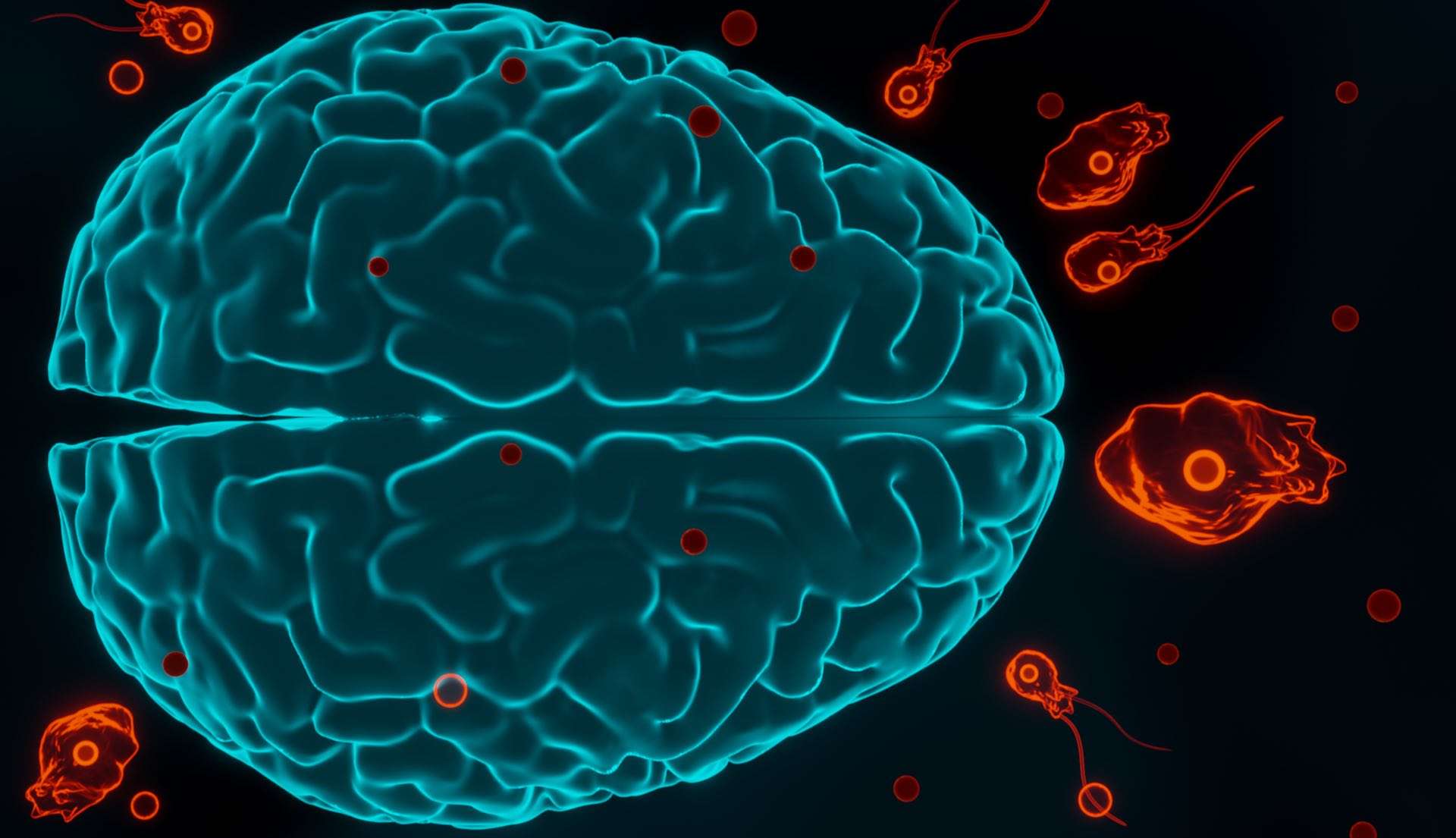In Korea, a man died after being diagnosed with Naegleria fowleri, also known as a brain-eating amoeba. Naegleria fowleri has made headlines before. This summer, the death of a child in Nebraska in the US reintroduced Naegleria fowleri, a rare and deadly brain-eating amoeba. According to the Korea Times, South Korea has reported its first instance of Naegleria fowleri infection, also called the “brain-eating amoeba.” According to authorities, the 50-year-old Korean national died 10 days after showing symptoms of the rare but fatal infection after returning from Thailand.
 The Korea Disease Control and Prevention Agency (KDCA) reports that the man spent four months in Thailand before entering South Korea on December 10. Following headaches, vomiting, stiffness in the neck, and slurred speech, he was taken to the emergency room a day later. Naegleria is a single-celled amoeba that lives on its own. According to the CDC, it can only be seen with a microscope. Typically, it is found in soil and warm fresh water (such as lakes, rivers, and hot springs). Humans are the only species affected by Naegleria fowleri.
The Korea Disease Control and Prevention Agency (KDCA) reports that the man spent four months in Thailand before entering South Korea on December 10. Following headaches, vomiting, stiffness in the neck, and slurred speech, he was taken to the emergency room a day later. Naegleria is a single-celled amoeba that lives on its own. According to the CDC, it can only be seen with a microscope. Typically, it is found in soil and warm fresh water (such as lakes, rivers, and hot springs). Humans are the only species affected by Naegleria fowleri.
Water containing amoeba can infect people when it enters the body through the nose. In fresh water, such as lakes and rivers, people usually get this when they are swimming, diving, or submerging their heads. Primary amebic meningoencephalitis (PAM) is a deadly infection caused by an amoeba traveling up the nose and into the brain. Nearly all cases of PAM are fatal. According to the CDC, infections with Naegleria fowleri can also occur when people use contaminated tap water to rinse their sinuses or clean their noses during religious rituals. In extremely rare cases, people have contracted Naegleria fowleri infections from recreational water that lacks sufficient chlorine, such as pools, splash pads, or surf parks.
